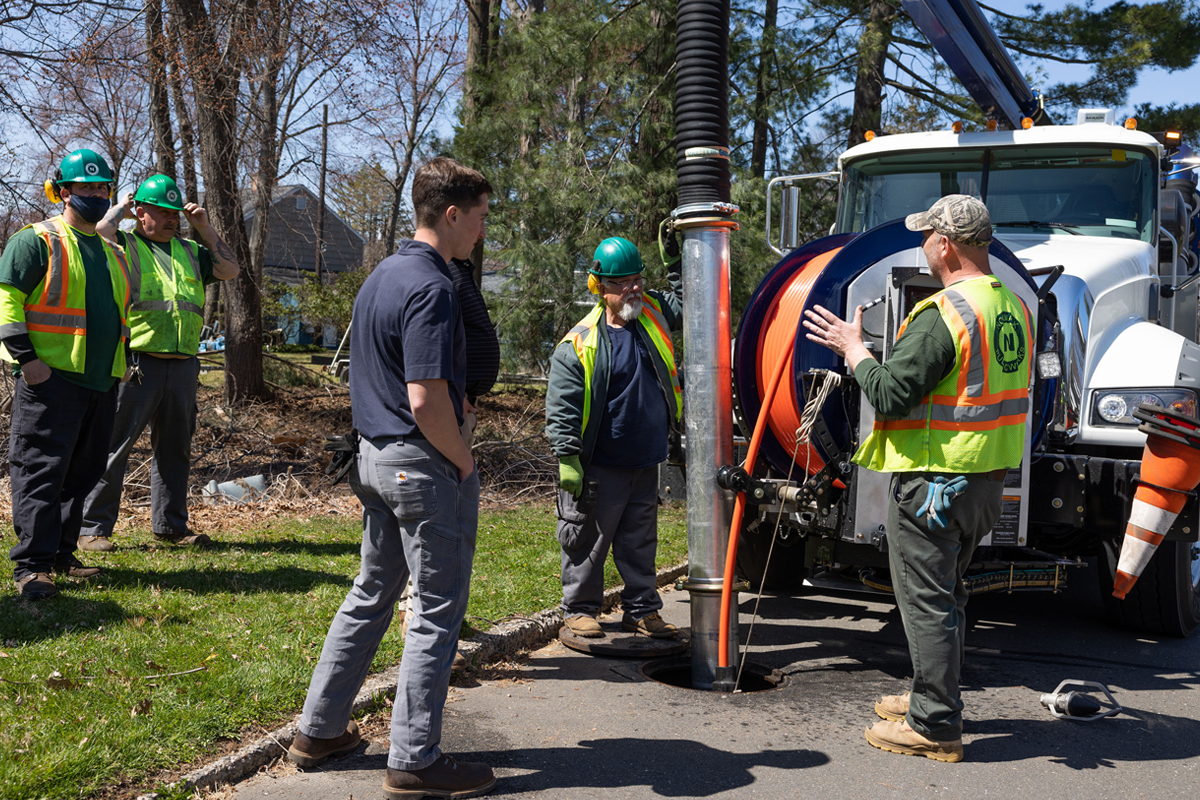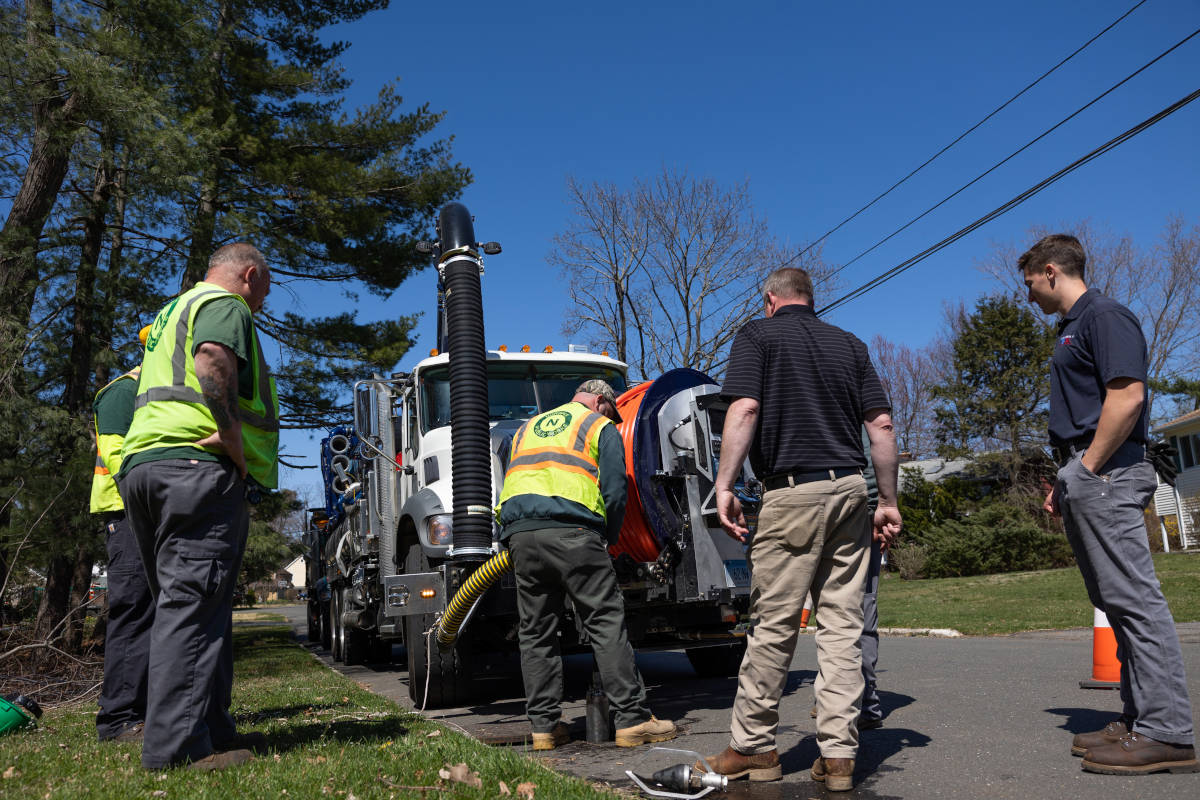
Tech Forum – 5 Questions City Officials May Have about Smoke Testing

Kubesh

Roberts McKenzie
Partnering with the community creates more informed stakeholders, buy-in and public confidence. With smoke testing, community residents, businesses and property owners may have concerns about what the process entails, whether the smoke is toxic and how they can prepare.
1. When should cities start planning for smoke testing?
Begin planning in December if not earlier to ensure you’re ready to undertake the process during the upcoming spring and summer. A substantial amount of preparation, planning and flexibility are required to implement successful smoke testing projects.
Being proactive is the best way to ensure you have the insight, planning and flexibility needed to lead the process without issue.
2. What’s the connection between smoke testing and GIS?
GIS is used during smoke testing to make better use of city resources, as it provides more accurate and accessible data. Using GIS technology to collect complex data in the field allows project teams to lean on existing GIS layers (as highlighted in the screenshot to the right) to help build a map – which then helps to create precise schedules for when and where testing can occur.
GIS also empowers communities to prioritize and coordinate future sewer rehabilitation projects. These projects can take place simultaneously with other road improvement or community development programs.
3. Why is smoke testing most often completed in the summer?
Summertime provides the optimal conditions to receive the most accurate results. Dry weather conditions lower groundwater conditions, allowing the smoke from smoke testing to travel further and provide easier access out of the system. If your community is located in a drier climate, you have more flexibility in terms of the best times to test throughout the year.
4. What if English is your residents’ second language, or they don’t speak English?
It’s important to be sensitive and proactive with issues such as residents who speak different languages and have different ways of life. Work closely with your consultant partner(s), city staff and leaders within your communities to create educational resources that meet these uniquities – one example is to consider developing a dedicated English as a Second Language (ESL) website.
At SEH, we often partner with cities to help them develop such websites, as well as other plans and resources to engage non-English speaking communities. These communities often include Hispanic, Hmong, Russian and Somalian populations. In our experience, we’ve found it helpful to engage community leaders/elders directly or bring together community leaders and city staff to facilitate discussions – ultimately to find the appropriate messaging, remain sensitive to the unique differences of each culture, educate the community and gain buy-in.
Partnering with the community creates more informed stakeholders, buy-in and public confidence. With smoke testing, community residents, businesses and property owners may have concerns about what the process entails, whether the smoke is toxic and how they can prepare.
Intentional, sensitive community outreach plays an important role in helping all residents prepare and be clear on what’s taking place. Meet these residents where they’re most comfortable. Seek understanding. Listen. Regardless of the approach you take, it’s important to have a plan in place to engage all audiences.
5. What are benefits of smoke testing to our community?
I&I reduces pipe capacity and pipe service and can produce future operations and maintenance challenges. Smoke testing is an efficient and low-cost method for avoiding these challenges.
Smoke testing provides you with the information needed to identify and address problem areas before they become deeper, perhaps permanent issues. Proactive methods for identifying I&I can save cities unnecessary repair expenses and ensure the health and safety of community residents.
Lindsey Roberts McKenzie, P.E., a senior water resources engineer and project manager with 15-plus years of I&I experience. Paul Kubesh, a water resources technician, hydrologist and SEH’s senior lead I&I technician with 20-plus years of experience.




